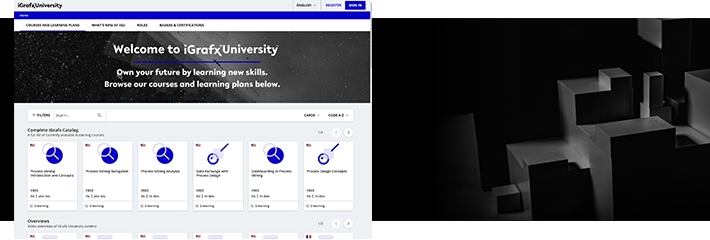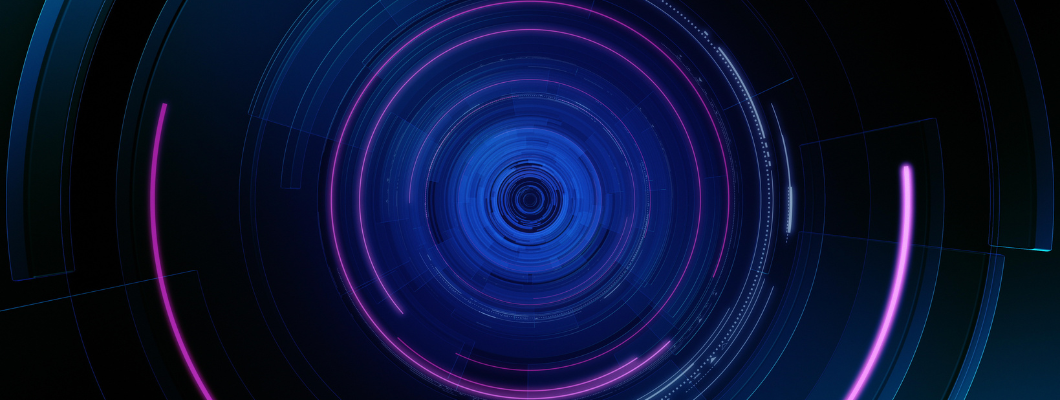It may seem obvious, but the first question you need to be able to answer before embarking on any process optimization journey is also the most significant: Why are we doing this?
In the broadest sense, the answer is that a business is the sum of its processes. The most successful businesses are those that have an in-depth understanding of how their processes play out in real-time. They can shape and proactively adjust their processes to meet incoming needs in a way that empowers them to achieve true operational excellence.
Put another way, good processes build lasting transformation and lasting value. Poor ones incur costs – whether financially, through lost opportunities, lost productivity, reputational harm, or simply in terms of the company’s ability to position itself at the cutting edge of its industry.
A related question any business should ask when embarking on its process excellence journey is: What do we hope to gain from this? Answering this question requires drilling a little deeper into core aspects of the company’s process landscape.
In general, every process initiative will focus on one (or more) of the following aspects:
- Improving productivity,
- Reducing costs, or
- Ensuring compliance.
Which of these considerations are most important depends on the nature of the industry and individual processes.
For example, for a bank using a new system to process loan applications, the top consideration will almost certainly be compliance. Are all the steps in the process being followed correctly? Are all the checks and balances in place? Does the loan application make all the correct stops for approval along the way?
For a sales process, the overall priority may be boosting productivity. Specific goals could focus on shortening the sales cycle and boosting the deal win rate, or implementing some degree of automation to allow individual sales reps to handle more accounts.
Building Value Iteratively in Process Optimization
Establishing your “why” right from the start, as well as ironing out some of the details, sets your process optimization efforts up to be successful. It also helps you break away from vague overarching goals to more specific, actionable ones.
For example, you know that the bigger picture in business is to improve productivity, and that process intelligence can help you get there. But, that’s a very broad goal. If you deploy a process improvement initiative aimed at “improving productivity,” chances are you’ll quickly find yourself stuck and unsure how to proceed.
A better approach is to focus on a specific smaller initiative that builds toward that greater context. Choose one process, or part of a process, and focus on improving its productivity. Once you’ve proved the efficacy of the approach in that smaller instance, you can scale up, rolling out process optimization initiatives to adjacent processes or sets of processes.
Another important part of proving efficacy is to define how success is measured right from the start. What are the Key Performance Indicators (KPIs) you will use to demonstrate success? Which objectives and key results matter to the people working with this process? And how are you going to quantify that those results have been met?
It may seem like those considerations are really “getting into the weeds” during what should be an early strategic stage of planning, but that’s the point. The more you can demonstrate the value of process intelligence right from the start, the more likely you’ll get the buy-in to roll out a much larger initiative.
Tapping into the Process Story
Another key part of demonstrating value lies in recognizing that process improvement initiatives don’t exist in a vacuum. There is context and business architecture built around every process. Knock-on effects and impacts radiate out from the changes made.
Most importantly, there are people involved with these processes. Whether it be customers interacting with your sales process or employees enacting process changes, the way your processes run has a direct, qualitative impact on how the company is perceived.
Demonstrating value requires taking all of these factors into account, as well as ensuring that you understand the full process story associated with the changes you want to make.
Additional questions worth bearing in mind include:
- Who is involved in each stage of this process?
- Who is Responsible, Accountable, Consulted, and Informed (RACI)?
- How do the proposed changes affect these teams and individuals?
- What other processes are impacted?
- Which existing systems need to be considered or integrated?
- And how can those systems be leveraged as part of this process optimization initiative?
You should also consider how process changes play into broader company goals or strategies. For example, aside from performance, can process improvements add value to the company’s sustainability efforts? Small changes, like digitizing or automating process steps, might have the added benefit of reducing material waste. Larger changes, like the gains from streamlining and improving an entire supply chain, could drastically bolster the company’s sustainability bottom line.
By considering these impacts, and the full context of the processes you work with, the process optimization changes you deploy add value. Importantly, aligning processes with broader strategies and objectives also boosts buy-in from different stakeholders, especially if your improved process taps into a project or objective they already consider valuable.
Now, none of this is to say you need to have everything mapped out before making the first change. Chances are, you’ll find the answers to many of these questions later, as you discover your process. And, as mentioned previously, process improvements are iterative. It takes time to figure out what works, and the initial changes may need to be refined or even reworked in the face of new data.
However, what you should keep broadly in mind as you establish your “why” is that:
- Your process improvement journey includes many factors. It isn’t simply an academic exercise in building the “best process,” and
- Different stakeholders hold different perspectives, so the value of new process intelligence initiatives may not be immediately obvious to everyone involved.
Therefore, a successful transformation initiative should include strategies for generating buy-in, a plan for integrating existing resources and objectives with new solutions, and a surefire way to build and demonstrate the lasting value that process intelligence brings to the business.
To see how our process intelligence solutions can help you establish your „why“ and achieve operational excellence, book a demo today.




